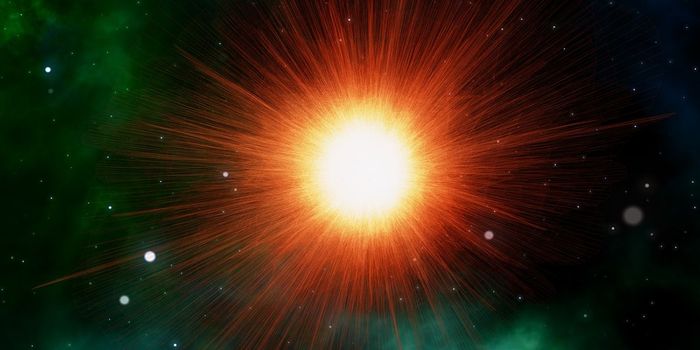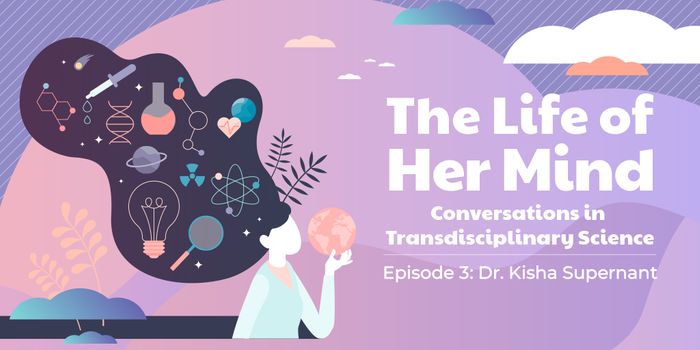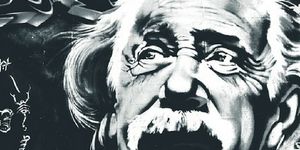The Science Behind Electroshock Therapy
Doctors have used electroshock therapy for treating conditions like depression for decades, but it became significantly less popular in recent times because of the not-so-wonderful side effects including broken bones and short-term memory loss.
Electroshock therapy, referred to as electroconvulsive therapy in modern times, is beginning to make a comeback. Doctors now issue pain relievers and muscle relaxants to mitigate the treatment's brutality, but it still invokes headaches and short-term memory loss in patients, among other things.
Although electroshock therapy received a bad rap in the past, it yielded a high success rate for treating specific conditions. In fact, some would argue that it worked better than medicine.
Today, electroconvulsive therapy can treat more than depression; it can be useful for treating any of the following:
Alzheimer's
Epilepsy
Multiple Sclerosis
Parkinson's Disease
Post-Traumatic Stress Disorder (PTSD)
As we continue learning more about the brain and how it communicates with the body, electroconvulsive therapy could gain traction as it advances, helping many people to live healthy lives.








